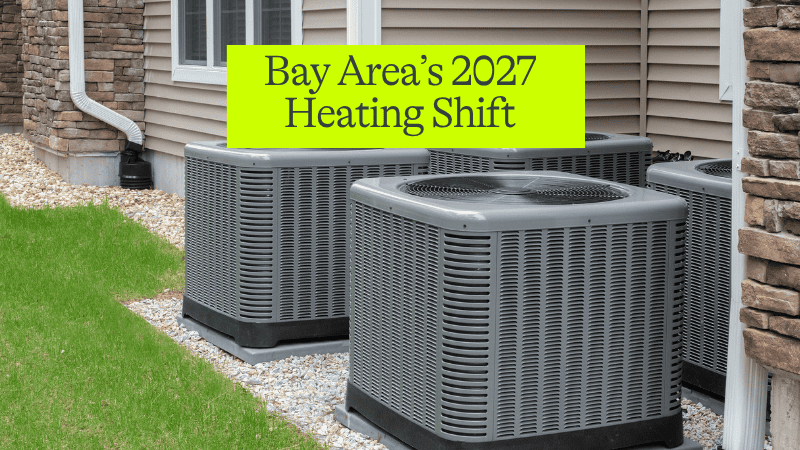The Vanishing Incentives That Are Leaving Homeowners Scrambling
By
Varsha Madapooosi
.jpeg)
In LA Times, Hayley Smith describes the sweeping rollback of federal incentives aimed at encouraging electrification. Many rebates and tax credits are set to expire by year-end, including the 25C credit (for heat pumps, insulation, panel upgrades) and various credits under 25D that supported solar, battery storage, and geothermal.Los Angeles Times
With these changes, homeowners are understandably confused about what’s still available and how to act before it’s too late. That's where “electric coaches” from nonprofit organizations like Rewiring America come in—trained guides helping people navigate the shifting incentives and make sense of which upgrades are still worth pursuing.Los Angeles Times
As Smith notes, homeowners must not only buy eligible equipment before the deadlines, but install it in time. Missing the execution window could mean losing the credit entirely.Los Angeles Times
Why the Timing Matters — Beyond Just Incentives
The urgency is real. As credits disappear, the upfront cost of electrification becomes less forgiving. But there’s more:
- Rising energy prices: As fossil fuels remain dominant and new renewable deployment slows, electricity and heating costs may climb.
- Technology lifespans: Heat pump systems (especially integrated ones) are built to last decades, so investing now locks in decades of efficiency gains.
- Clarity in incentive windows: Homeowners who move early can avoid the confusion and logistical bottlenecks that often come near expiration periods.
In short: incentives alone don’t drive the switch — the combination of timing, long-term economics, and durability makes action now compelling.
Why “Electric Coaches” Matter
With so many credits and deadlines, guidance is critical. Rewiring America’s electric coaches help homeowners sift through eligibility, filing rules, and which electrification strategies still make sense.Los Angeles Times
These coaches make the pathway less opaque, helping users avoid missed windows or wasted costs. In effect, they serve as translators for a complex policy landscape.
How Harvest Is Positioned in This Changing Landscape
Even as many federal credits are expiring, some support remains—especially for systems combining electrification and storage.
Harvest’s integrated technology—delivering heating, cooling, hot water, and energy storage in a unified system—is built for both flexibility and longevity. Because our system includes thermal battery components, it may qualify for credits beyond those now being sunsetted. (Always check current eligibility with your tax advisor.)
Moreover, the trend toward upgrading and future-proofing homes has momentum beyond incentive windows. Homeowners want energy savings, emissions reductions, and durable systems that won’t become obsolete. In that context, investments in high-performing, end-to-end electrification systems remain compelling, even as standalone credits shrink.
Act Strategically Before the Clock Runs Out
The LA Times article highlights a moment of flux: many of the federal tools that supported clean-home upgrades are fading, and timing matters more than ever. Through this transition, support structures like electric coaches offer essential guidance.
That said, incentives are only part of the calculus. The long-term value of installing efficient, integrated systems — especially those with storage — is less tethered to fleeting policy windows and more anchored in resilience, energy savings, and future-readiness.
For homeowners who’ve held off, now may be your best opportunity to lock in smart, clean electrification before the deadlines close the door.

.png)
.png)
.png)
.png)


.png)
.png)
.png)
.png)
.png)
.png)

.png)
.jpg)
%20(2).png)

%20(1).png)

%20(3).png)

%20(1).png)
%20(5).png)
%20(3).png)
%20(1).png)
.png)
.png)
.png)
%20(4)%20(1).png)
.png)

%20(11).png)
%20(10).png)
%20(6).png)
%20(4).png)
%20(3).png)
%20(10).png)
%20(6).png)
%20(1).webp)
.jpg)
%20(4).png)
%20(2).png)
.png)
%20(2).png)
.png)













.jpg)



%20copyminimal%20_0.1.jpg)




















